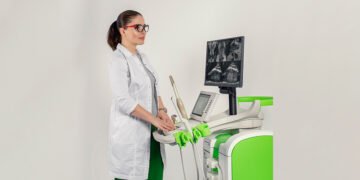Cystoscopy is one of the most important and widely used methods for diagnosing diseases of the urinary tract. It is a medical, outpatient procedure performed with a special device called a cystoscope, which allows the doctor to examine the urethra, bladder, and certain conditions related to the kidneys.
In this article, we will answer some of the most common questions patients ask about cystoscopy. So:
When is cystoscopy recommended?
Pain during urination, frequent or involuntary urination, difficulty urinating, blood in the urine, pelvic pain, or urinary tract infections — these are the main complaints for which doctors typically recommend cystoscopy. As noted, it helps assess the condition of the bladder and the urinary system.
For which main conditions is cystoscopy used?
Cystoscopy is performed to thoroughly examine the bladder and, if necessary, take biopsy samples of bladder tissue. It is used to diagnose various conditions, including:
- Chronic and interstitial cystitis
- Bladder tumors
- Bladder stones
- Prostatitis
- Prostate adenoma
- Certain congenital anomalies of the genitourinary system
- To evaluate the effectiveness of treatment after transurethral resection of the bladder
How is the cystoscopy procedure performed?
A cystoscope is a thin, fiber-optic tube equipped with a light and a camera. It is gently inserted through the urethra into the bladder, allowing the urologist to examine the bladder from the inside on a monitor.
There are two types of cystoscopes:
- A flexible cystoscope, used solely for visual examination of the bladder;
- A rigid cystoscope, through which instruments can be inserted to take tissue samples or perform other procedures.
Is cystoscopy painful?
Don’t worry — cystoscopy is generally a painless procedure. When performed with a flexible cystoscope, patients usually feel no pain; doctors use local anesthesia on the urethra.
When using a rigid cystoscope, the procedure is done under general anesthesia or spinal anesthesia, so patients do not experience pain in either case.
Most importantly, because most cystoscopies are done on an outpatient basis, patients can usually go home on the same day as the procedure.
Finally, in addition to being a diagnostic method, cystoscopy can also be used for therapeutic procedures: removal of foreign bodies, small stones, and tumors; cauterization of erosions and ulcers; placement of ureteral stents; and more.







